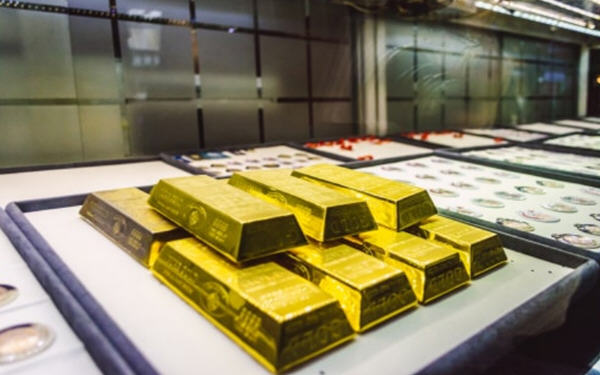Gold Demand Peaks in 2023: Central Banks, Geopolitical Uncertainties, and Market Dynamics

The latest Gold Demand Trends report released by the World Gold Council (WGC) shows that global gold demand reached a historic high in 2023. Despite a slight 5% decrease to 4,448 tons in gold demand excluding over-the-counter (OTC) transactions compared to 2022, the overall demand, including OTC transactions, reached a historical peak of 4,899 tons.
The comprehensive demand data outlined in the report includes investment in gold bars, gold jewelry, coins, central bank purchases, exchange-traded funds (ETFs), and OTC trading activities.
The high demand for gold is also reflected in the price of gold. The London Bullion Market Association (LBMA) recorded a gold price of $2,078.4 per ounce in 2023, marking a new year-end closing high and a 15% annual return. The average gold price in 2023 rose by 8% to $1,940.54 compared to 2022, also setting a record.
The total investment in gold coins and bars decreased by 3% to 1,190 tons, with differing trends in Western and Eastern major markets offsetting each other. In 2023, gold bar and coin investment demand decreased in Europe, but increased by 185 tons in India, 160 tons in Turkey, and 113 tons in the United States.
Furthermore, the World Gold Council also noted that gold mine production remained essentially unchanged in 2023, while demand from the gold jewelry sector remained stable.
Central Banks’ Appetite for Gold Never Ends
The World Gold Council’s detailed data shows that global central banks’ net gold purchases reached 1,037 tons in 2022, only 45 tons less than the record-breaking 1,082 tons of the previous year, accounting for over 21% of total demand in the previous year. The People’s Bank of China is the largest single gold buyer.
During periods of economic and geopolitical turmoil, central banks typically hold a certain portion of gold in their foreign exchange reserves. For example, nearly 70% of the Federal Reserve’s foreign exchange reserves are comprised of gold. Additionally, amid ongoing economic shocks, the proportion of gold in Turkey’s central bank foreign exchange reserves increased by 0.73% in the last quarter of 2023, leading the world in terms of growth.
Louise Street, Senior Market Analyst at the World Gold Council, pointed out, “Stable central bank demand once again supported gold demand and helped offset weakness in other areas of the market, driving 2023 demand well above the ten-year moving average.” She also explained that ongoing economic uncertainty, in addition to monetary policy, is a key driver of gold demand due to geopolitical uncertainty. Looking ahead to 2024, continued conflicts, trade frictions, and elections in over 60 countries globally will drive investors to seek refuge in the gold market.
Earlier, Federal Reserve Chairman Powell announced a pause in interest rate cuts, significantly dampening the previously high expectations for a rate cut in March. This is because Powell lacks sufficient confidence in curbing inflation. As a result, the stock market plummeted, but the next day, the spot price of gold rose to $2,054, nearly surpassing its 30-day high, highlighting gold’s attractiveness as an investment hedge against uncertainty.
China News
Federal Reserve
Gold
Precious Metals








